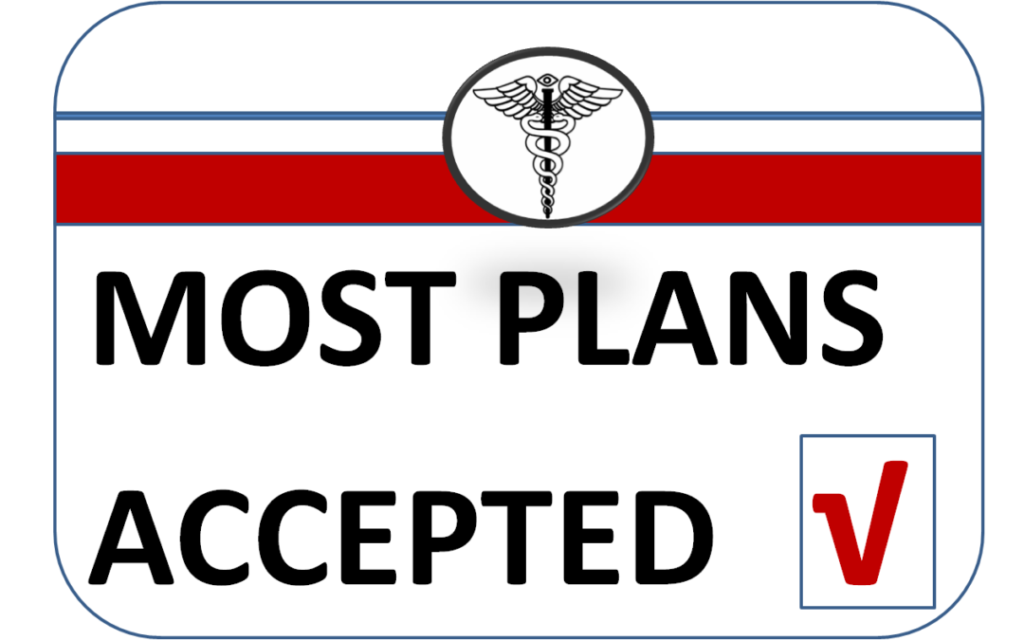How Does Vision Plans Affect Your Cost Per Acquisition (CPA) of New Patients

5 Major Financial Threats to the CEO Optometrist in Private Practice: Threat #2 – Overreliance on Vision Plans
How Does Vision Plans Affect Your Cost Per Acquisition (CPA)? In part one of this series, we discussed the first major financial threat: Not Paying Yourself First. As a CEO Optometrist, you’ve taken bold risks to start and grow your practice. You deserve to be compensated fairly, just like your employees. By investing in yourself, you’re ensuring the longevity and success of your business.
Today, we’re diving into Threat #2 – Overreliance on Vision Plans, specifically focusing on how vision plans impact your Cost Per Acquisition (CPA) of new patients. These are my personal insights, drawn from 13+ years in private practice. So, let’s dig in!
Threat #2 – Overreliance on Vision Plans
For many optometrists, vision plans are the backbone of their practice, providing a steady stream of patients and revenue. But have you ever paused to think about how much relying on these plans is really costing you? While they offer a reliable flow of patients, vision plans also present significant financial drawbacks that could erode your practice’s profitability over time.
The tendency to depend too heavily on vision plans for patient acquisition, without a well-rounded marketing strategy, is a major financial threat to your practice’s long-term stability. Let’s break it down.
How Vision Plans Affect Your Cost Per Acquisition (CPA) of New Patients
Cost Per Acquisition (CPA) refers to the cost of acquiring a new patient. When you invest in marketing, you can control your CPA by adjusting your marketing strategies and improving your conversion rates. But with vision plans, your CPA is dictated by the reimbursement structure, leaving you with little control over your costs.
What is Cost Per Acquisition?
Let’s say you spend $1,000 a month on Google ads, and your campaign generates 30 leads. Of those 30 leads, 10 book appointments. In this case, your CPA is $100 per patient.
CPA = $1,000 ÷ 10 patients = $100 per patient
In this example, you can control the cost. Train your staff to convert more leads, and your CPA goes down. Plus, once you’ve acquired a patient through a one-time investment in marketing, there are no ongoing CPA costs as they return to your practice.
The CPA of Vision Plans: A Different Story
When you’re using vision plans to attract new patients, the cost of acquisition works very differently. Your CPA is essentially the difference between your usual and customary (U&C) fees and what the vision plan reimburses you for services.
For example:
- Your U&C fee for a comprehensive eye exam is $150.
- A vision plan reimburses you $40 for that same exam.
CPA = $150 (U&C fee) – $40 (reimbursement) = $110 per patient
In this scenario, your CPA remains high and out of your control. You’re losing $110 for every new patient acquired through the vision plan. But that’s not all. Unlike traditional marketing efforts, this cost isn’t a one-time fee. Every time that patient comes back to your office, you incur that same CPA. If the plan decides to lower its reimbursement rates, your CPA increases further—yet another aspect you can’t control.
The Write-Off Dilemma
We often criticize practices that charge lower fees for reducing the perceived value of the profession. But are they really reducing value, or are they just maintaining control over their pricing? The truth is, as a provider under a vision plan, you could be writing off up to 75% of your fees, effectively devaluing your own services.
It’s a sobering realization: by relying on vision plans, you’re handing over control of your fees and profitability to a third party. At the same time, you’re locking yourself into a model that reduces your financial flexibility.
What Can You Do About It?
I’m not saying you should drop all vision plan contracts tomorrow. Most of us couldn’t survive without them—at least not immediately. However, what I am saying is that you need to take a proactive approach:
- Calculate Your CPA Per Patient: Look at your current reimbursement rates and compare them to your U&C fees. Are you comfortable with how much it costs you to acquire and retain patients through these plans?
- Conduct a Risk Assessment: What would happen if one or more of the vision plans you rely on were to drop you from their network? Would your practice survive, or are you too dependent on those plans?
- Diversify Your Patient Acquisition Strategies: Build a robust marketing strategy that doesn’t rely solely on vision plans. Invest in targeted campaigns like digital ads, local SEO, social media, and community engagement. This gives you more control over your CPA and, ultimately, your profitability.
- Leverage the Lifetime Value of Patients: While marketing costs are a one-time expense, the patients you acquire through direct marketing have long-term value with no additional CPA. Focus on nurturing these patient relationships to increase loyalty and retention.
Conclusion: Take Back Control
Vision plans can be both a blessing and a curse. While they bring patients into your practice, they also limit your control over your profitability. The goal isn’t necessarily to eliminate vision plans but to be strategic in how you use them. Conduct regular CPA calculations and risk assessments to ensure your practice isn’t too dependent on any one revenue source.
In the next articles of this series, we’ll explore:
- The Revenue Cycle Management Cost
- The Limitations of Contractual Regulations
Stay tuned for more insights to protect your practice from financial threats. In the meantime, remember: Dream Big, Take Risks, and become the CEO of YOU™!
Ready to take your practice to the next level?
Get the tools you need to protect yourself from major financial threats. Sign up for our CEO of YOU Business Consulting today!






Responses